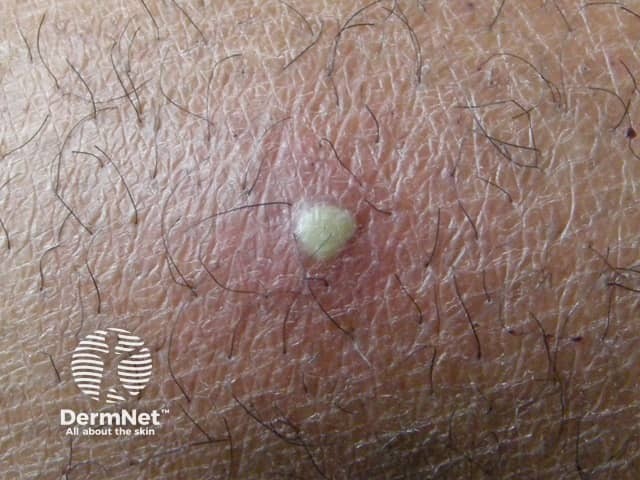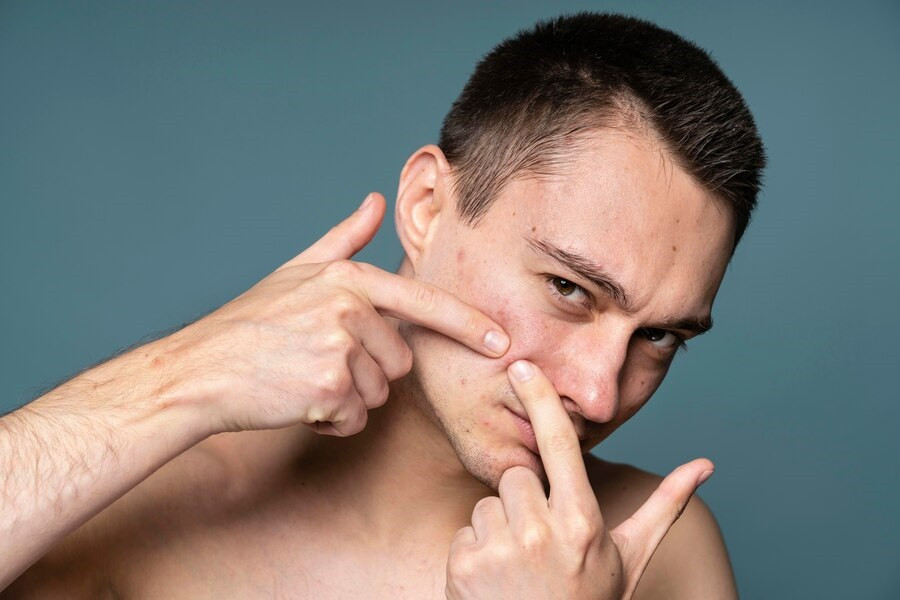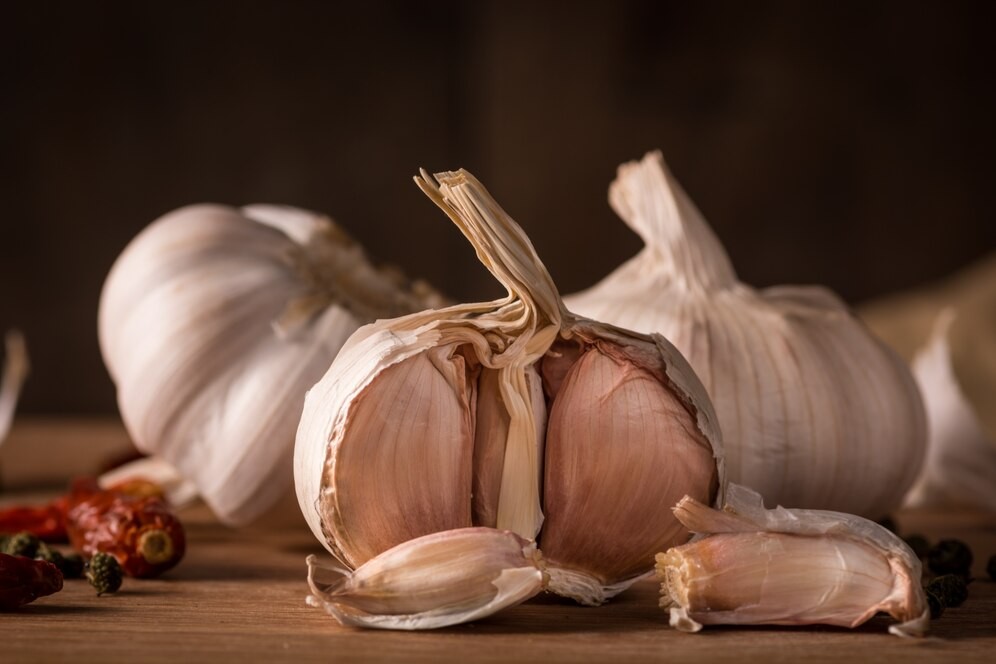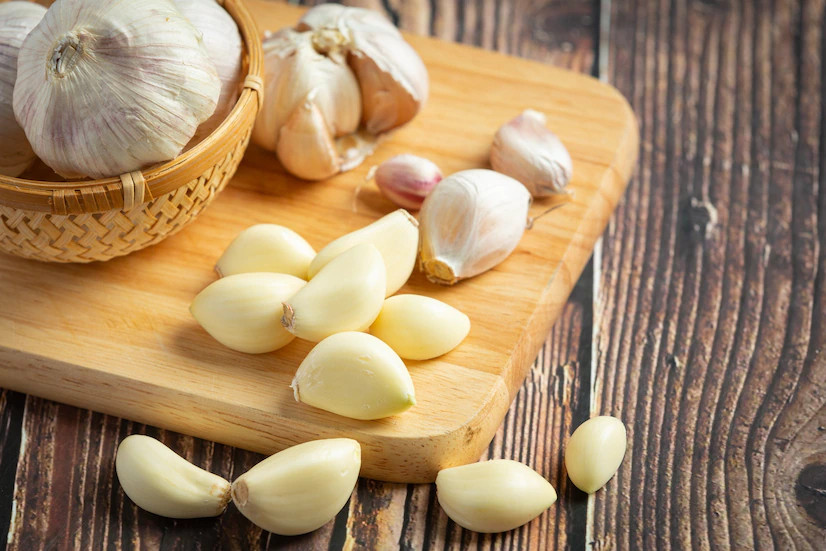Boils are red, pus-filled lumps on the skin that are painful to touch. Small boils often heal on their own, but larger ones typically require medical attention.
Using garlic is a popular home remedy for boils, applied directly to the infected area. But is this method effective? Here’s what to know.
Treating Boils with Garlic
Boils, or furuncles, are pus-filled bumps that form on the skin, usually due to a bacterial infection in the hair follicles. They can appear on the face, thighs, groin, armpits, and neck.
Boils may be transmitted through direct contact, exposure to certain chemicals or cosmetics, and poor hygiene. Small boils often resolve without treatment, but larger ones with intense inflammation require prompt care to prevent the spread of bacteria.

Gambar 1: Bisul. Credit: Dermnetnz.org
To use garlic on a boil, try the following steps:
- Peel a clove of garlic and cut off the tips.
- Place the garlic directly on the boil.
- Leave it on for about 20 minutes.
- Rinse with clean water.
- Pat dry with a towel or tissue.
Alternatively, crush 1–2 cloves of garlic, apply to the affected area, and cover with a cloth. Let it sit for 10–20 minutes, then rinse and dry.
Although no scientific studies confirm that garlic can cure boils, garlic has antibacterial and anti-inflammatory properties that make it a traditional choice for various skin issues, including minor wounds and infections. Research has shown garlic's antibacterial compounds can aid in skin healing.
Although the garlic is best used on the skin’s surface, avoiding sensitive areas like the mouth or genitals, as it may cause irritation or a burning sensation.
Other Treatments for Boils
Some people may experience irritation or a burning sensation when applying garlic. Additional treatments for boils include:
-
Warm compress: A warm compress can relieve pain and help pus to drain.
-
Incision and drainage: A doctor can make a small cut to drain the pus. For infections that are harder to clear, the area may be covered with sterile gauze to help with pus removal.
-
Antibiotics: A healthcare provider may prescribe antibiotics to help eliminate the infection.
Avoid squeezing or cutting a boil at home, as this can worsen the infection. Any items that come in contact with the boil, such as towels, compresses, or clothing, should be washed thoroughly to prevent bacterial spread.
While small boils often heal independently, larger or persistent boils should be examined by a doctor. You can also use the consultation feature in the Ai Care app, available on the App Store and Play Store.
Interested in learning more about other health conditions? Click here!
- dr Nadia Opmalina
- dr Nadia Opmalina
Huizen, J. (2024). Home remedies for boils. Available from: https://www.medicalnewstoday.com/articles/319939#10-natural-remedies
Gotter, A. (2024). Home Remedies for Boils. Available from: https://www.healthline.com/health/home-remedies-for-boils
WebMD. (2022). Slideshow: A Visual Guide to Boils. Available from: https://www.webmd.com/skin-problems-and-treatments/ss/slideshow-boils
Mayo Clinic. Boils and carbuncles. Available from: https://www.mayoclinic.org/diseases-conditions/boils-and-carbuncles/symptoms-causes/syc-20353770












